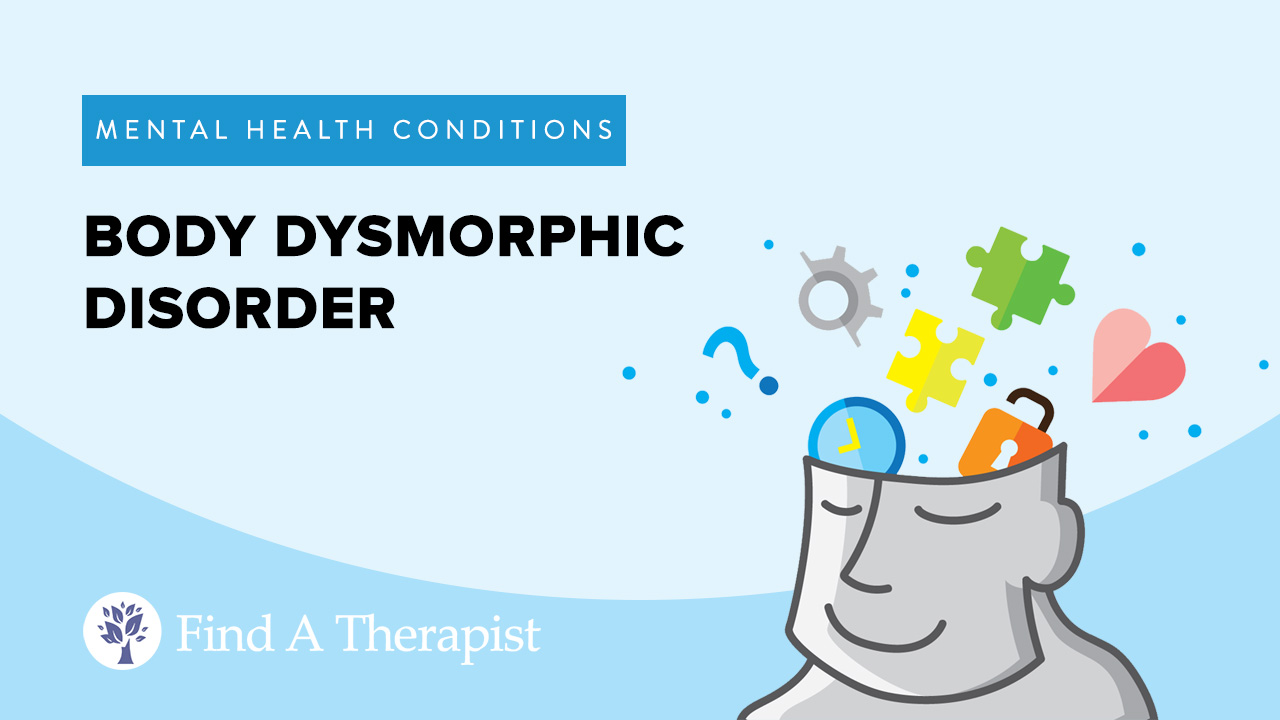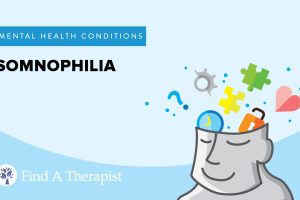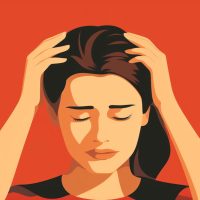Life With Body Dysmorphic Disorder
Published on August 2nd, 2019
Updated on January 8th, 2024

Body dysmorphic disorder affects how a person sees themselves. It is a condition that causes a person to fixate on their body’s imperfections. A person with this disorder is so focused on their imperfections that it impacts their day-to-day life.
A person who suffers from body dysmorphic disorder obsesses over their imperfections. They have constant and unavoidable negative thoughts about their appearance. They will agonize over their looks, even if they are perfectly presentable.
People with this disorder struggle with different aspects of their lives. They often struggle with socializing. They can also struggle with school and their career. They have relationship issues and often isolate themselves from others.
Sponsored by

Choose a therapist to work with and start healing with 20% off from BetterHelp.
Click HerePeople with this condition fear judgment from others. This makes socializing very difficult to do. People often do not understand the distress the affected person is feeling.
Family and friends do not see the imperfections that affected people obsess over. This can cause tension in relationships and cause affected people to isolate themselves.
People with this condition do not believe when others say that their flaws are not real. They believe that they are unsightly, even if they look flawless. Their perceived flaws cause them to feel ashamed and embarrassed.
The flaws that upset affected people are not real or minor. This condition causes a person to believe that their flaws make them look deformed.
Affected people are constantly struggling to feel comfortable. They attend to have low self-esteem and poor self-image. Affected people truly believe that they are malformed, and do not act the way they do for attention.
Symptoms of Body Dysmorphic Disorder
Body dysmorphic disorder causes an affected person to suffer from many upsetting symptoms. When they look in the mirror they only see their imperfections- real or imagined. They are constantly thinking about how their flaws are exposed. This causes them to have low self-esteem.
People with body dysmorphic disorder have thoughts that take over their day-to-day lives. They are distracted by how they look and may find themselves comparing their looks to others. They may struggle with being around other people as a result of beliefs about how they look.
Affected people may also suffer from other symptoms of their condition, including:
- Seeing flaws in themselves that other people do not see
- Skin picking
- Excessive grooming
- Wearing baggy or concealing clothing
- Wearing a lot of makeup or facial accessories
- Covering parts of their face or body with their hair
- Undergoing surgical procedures in an attempt to fix imperfections
- Constantly checking their appearance in the mirror
- Avoiding looking at their reflection in a mirror or passing windows
- Seeking reassurance from trusted friends and family
Causes and Risk Factors of Body Dysmorphic Disorder
A person typically begins to show signs of body dysmorphic disorder during adolescence. The condition can form for different reasons. It can also co-occur with other mental health disorders.
Common causes of body dysmorphic disorder include:
Low Self-Esteem and Low Self-Worth
People with low self-esteem tend to be critical of themselves in some way. Self-criticism and low self-esteem can contribute to the development of the disorder.
A child who is not taught values from parents can struggle with developing a sense of self-worth. A low sense of self-worth can contribute to the onset of body dysmorphic disorder.
Criticism from Family and Peers
Children who are exposed to critical people are at risk of developing the condition. This is especially true for those who grew up with people who criticized their looks.
Modeling in the Home
Body dysmorphic disorder can develop from learned influence. This is the case for children who had family members who found value and worth in appearances. These family members often pushed perfection.
Children may pick up the habits and values that were modeled for them. They may have also been taught that their imperfections lessen their value.
Other Mental Health Issues
Body dysmorphic disorder is often co-occurring with other mental health disorders. This means that one condition occurs at the same time as another condition.
Common mental health disorders that may be co-occurring with body dysmorphic disorder include:
- Anxiety
- Depression
- Social Anxiety
- Substance Use
- Obsessive-Compulsive Disorder

Treatment for Body Dysmorphic Disorder
Body dysmorphic disorder is treatable. Affected people can recover from the condition. It is challenging, and it takes time and patience.
Treatment of body dysmorphic disorder involves individual counseling and sometimes group therapy. An affected person may also be prescribed medication.
Cognitive-behavioral therapy (CBT) is a type of therapy used to treat this condition. CBT teaches how a person’s negative thought patterns can fuel their poor self-image.
With CBT, the affected person may learn how to change their perception of who they are to be healthier. They learn how to forgive their imperfections, which makes them less distressing.
CBT may not work for everyone. An alternative type of therapy that may be used is acceptance and commitment therapy (ACT). ACT helps to make thoughts about imperfections more tolerable.
ACT promotes acceptance of the perceived imperfections. It also teaches about how to tolerate anxiety while focusing on personal values. This process takes the focus off of how the affected person looks and redirects it to what they care about in life.
Sponsored by

Find an affordable therapist online with 20% off from BetterHelp.
Click Here






Leave A Reply